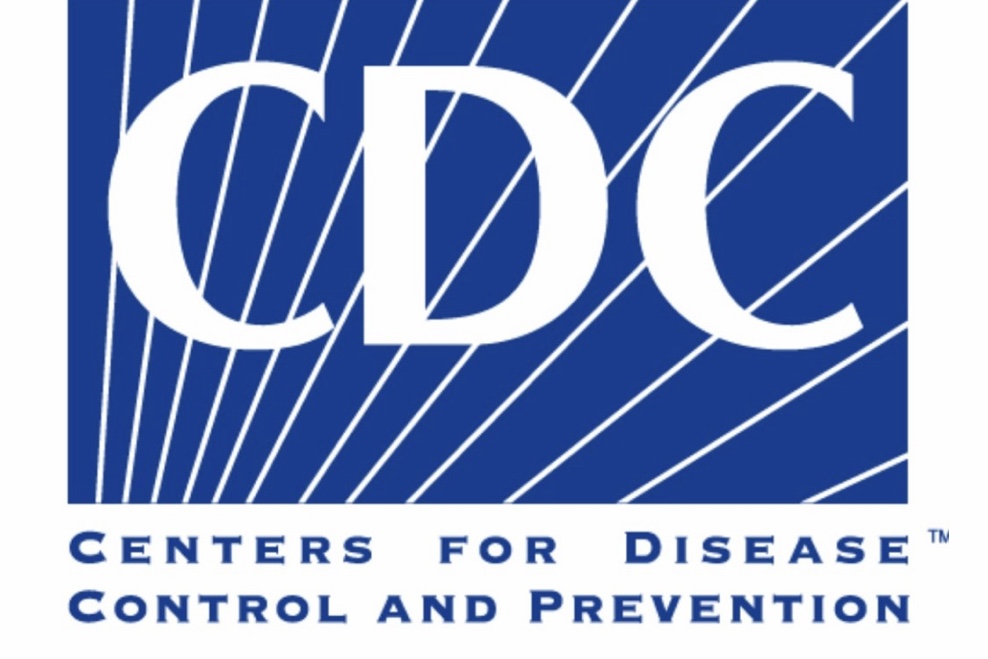The Centers for Disease Control and Prevention now states explicitly in large, bold lettering that airborne virus can be inhaled even when one is more than six feet away from an infected individual.
The new focus and stronger language, posted online, is a change from the agency’s previous position that most infections were acquired through “close contact, not airborne transmission.”
As the pandemic unfolded last year, infectious disease experts warned for months that both the C.D.C. and the World Health Organization were overlooking research that strongly suggested the coronavirus traveled aloft in small, airborne particles.
Several scientists on Friday welcomed the agency’s scrapping of the term “close contact,” which they criticized as vague and said did not necessarily capture the nuances of aerosol transmission.
Federal health officials on Friday updated public guidance about how the coronavirus spreads, emphasizing that transmission occurs by inhaling very fine respiratory droplets and aerosolized particles, as well as through contact with sprayed droplets or touching contaminated hands to one’s mouth, nose or eyes.
The new information has significant implications for indoor environments, and workplaces in particular, Dr. Michaels said. Virus-laden particles “maintain their airborne properties for hours, and they accumulate in a room that doesn’t have good ventilation.”
“There’s more exposure closer up,” Dr. Michaels said. “But when you’re further away, there’s still a risk, and also these particles stay in the air.”
Donald Milton, an aerosol scientist at the University of Maryland, agreed that federal officials should provide better guidelines for keeping workplaces safe.
The new information underscores the need for Occupational Safety and Health Administration to issue different standards for employers to address potential hazards in the workplace.
CDC guidelines:
COVID-19 spreads when an infected person breathes out droplets and very small particles that contain the virus. These droplets and particles can be breathed in by other people or land on their eyes, noses, or mouth. In some circumstances, they may contaminate surfaces they touch. People who are closer than 6 feet from the infected person are most likely to get infected.
Types of Spread
COVID-19 is spread in three main ways
Breathing in air when close to an infected person who is exhaling small droplets and particles that contain the virus.
Having these small droplets and particles that contain virus land on the eyes, nose, or mouth, especially through splashes and sprays like a cough or sneeze.
Touching eyes, nose, or mouth with hands that have the virus on them.
Protect yourself and others
The best way to prevent illness is to avoid being exposed to this virus. Protect yourself and others from all ways COVID-19 spreads by taking these prevention actions:
Get a COVID-19 vaccine as soon as you can.
Wear a mask that covers your nose and mouth to help protect yourself and others.
Stay 6 feet apart from others who don’t live with you.
Avoid crowds and poorly ventilated indoor spaces.
Wash your hands often with soap and water. Use hand sanitizer if soap and water aren’t available.


COMMENTS